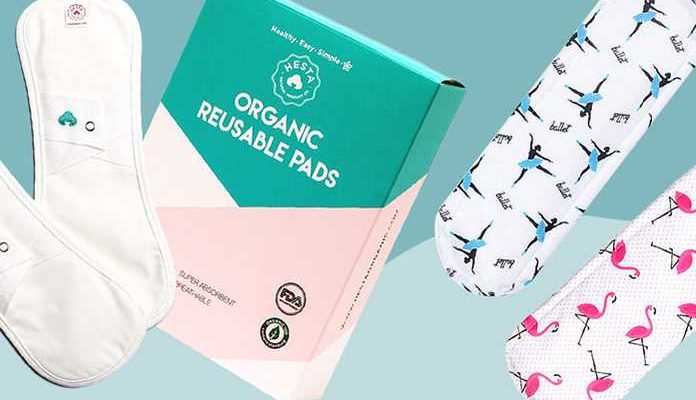Knowing the many types of incontinence solutions available is just as important as understanding your patients’ incontinence levels and demands.
The uncontrollable flow of urine is classified as urinary incontinence, while the spontaneous flow of faeces is described as faecal incontinence. A variety of medical problems involving neurological illnesses, pelvic or vertebral injuries, congenital disabilities, pathogens, and age-related degenerative variations leads to the condition of incontinence.
Incontinence supplies are classified as throwaway or reusable/washable diapers or brief-like apparel and underpads utilised to control urine or faecal incontinence for the objectives of this situation.
Incontinence pads are made to contain urine flow while also protecting the epidermis from moisture and redness. The National Association for Continence (NAFC) reported that 3 of every 5 of its client participants utilised incontinence supplies.
This incontinence product guide looks at some of the most prevalent features of:
- Pads
- Pantyliners
- Guards
- Belted Shields
- Systems for Pants
- Underwear
Liners for fitted briefs
Generally, incontinence covers are utilised for mild to medium incontinence. They have various absorbency rates and thicknesses, and they’re commonly worn with sticky briefs or safe underpants to keep them in place. There are alternatives even without adhesives to maintain the incontinence covers in position.
Pads
Incontinence pads are intended to give discreet protection against intermediate to mild incontinence. They’re typically paired with ordinary underwear or disposable incontinence panties. Pads are designed to safeguard the skin against wetness and are available in many absorbencies.
Underpads/Guards
Men’s absorbent guards are frequently gender-specific. Such absorbent, curved incontinence padding, which is also fastened in underpants or washable incontinence shorts or used for mild to severe incontinence prevention, are frequently paired with fillers or cushions. To give better incontinence protection, these are tailored to suit the human genitalia.
Belted Shields
For additional security and placement, cinched shields are often padding or liners with a flexible strap. They provide a variety of absorbency levels and could be utilised for moderate to severe incontinence. Tight-fitting shields are often less thick than defensive underwear and may be worn under ordinary underwear. They’re also simple to try and remove.
Systems for Pads and Pants
Some companies provide “systems” of trousers that include disposable underwear and a throwaway incontinence pad for mild or severe incontinence prevention. The pads are intended expressly for such systems. However, they are frequently marketed independently.
Underwear that protects
Safeguard incontinence underwear is a single-piece fabric that is easy to put and take off. Pull-ups are another name for these products. Protection underwear comes in various permeability levels to accommodate mild to severe incontinence. They may be used throughout the day or at nighttime, and some versions include odour-controlling properties.
Briefs with a Form Fit
Elastic incontinence briefs, often known as adult diapers, are typically utilised for fairly heavy incontinence. All those are one-piece clothes, with stretchy thighs and changeable waistbands using adhesive, band, or button and hook closures. Tailored briefs are also offered with fabric or acrylic outer layers for excellent safety.
Reusable underpads could be used to support continuous incontinence supplies, while they are not suggested for use as the primary protection against incontinence. Underpads, which come in a range of absorbencies, preserve the bed and furnishings and could even be used for general operations.



